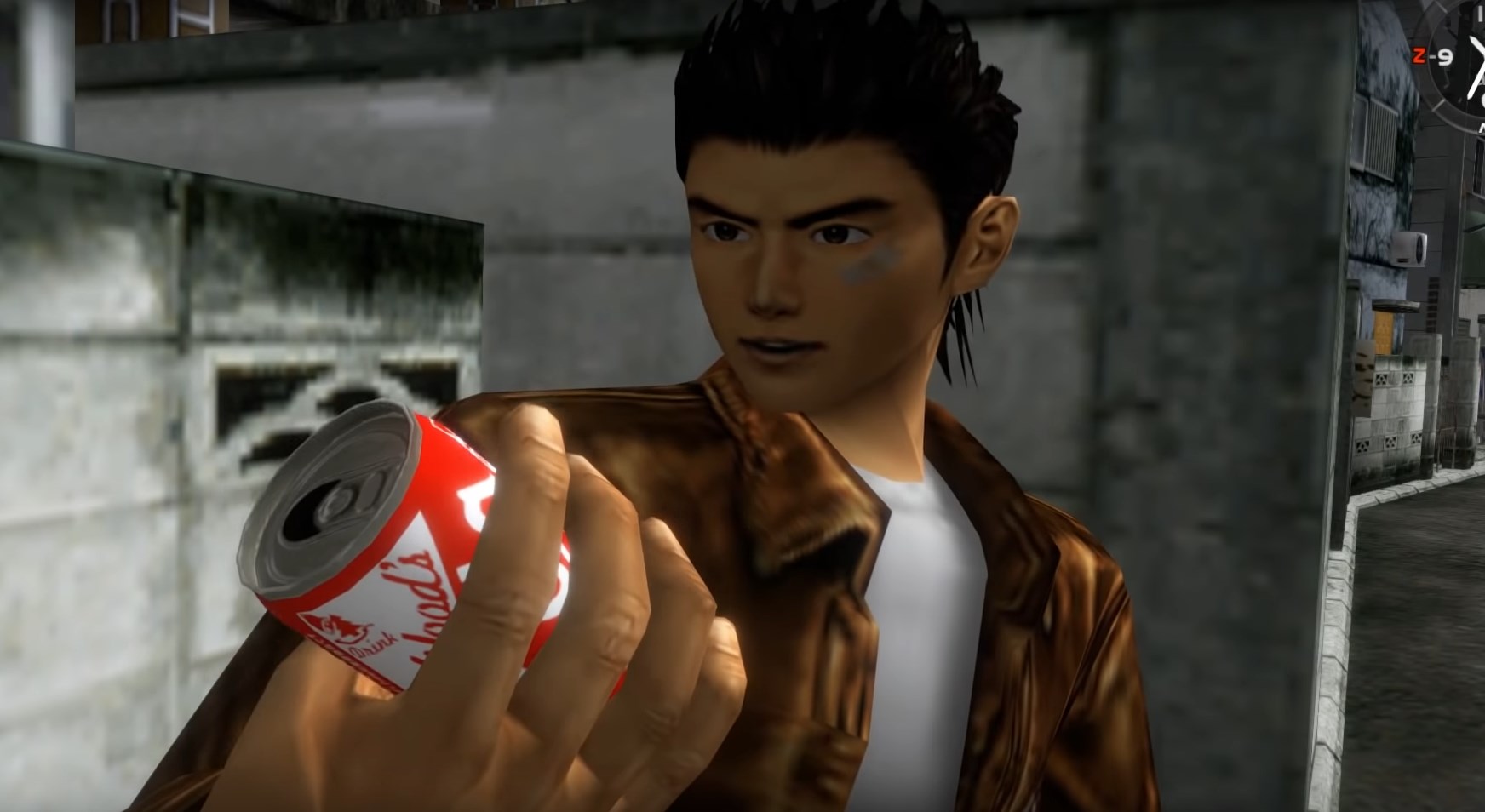The text below is a full (unofficial) translation into English of the original article on IGN Japan.
Good to See Yu Again
In mid-March, I met with Yu Suzuki for the first time in a while. Four months on from Shenmue III’s release, despite there having being no new announcement, I had wriggled my way into an interview.
On entering the YS Net offices, Yu-san greeted me with a friendly smile.
“It’s been a while.”
Of course, what I really wanted to do was to obtain even a small scrap of information about Shenmue IV. But just seeing Yu-san’s smile somehow made me feel happy.
Shenmue has been a great influence on my life, and the realization of Shenmue III after 18 years was an immeasurably significant event. As a game journalist, I followed its progress through to release, traveling to countries such as Monaco, the U.S. and Germany and interviewing Yu-san numerous times. But after the release, such opportunities had dried up.
Yu-san was just the same as ever. He answered my persistent questioning about Shenmue with an unwavering smile, and his comparisons involving racing cars (which are lost on me as I don’t even hold a driving license) reminded me of old times.
Most of all, however, I somehow felt a sense of relief to see him just as full of passion as ever. It turned out that his heart is set on continuing on with Shenmue to take the series towards completion, and there are also many other games he wants to make.
Become a Patron!












